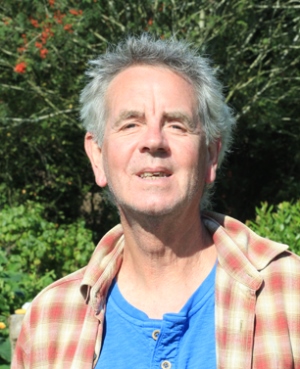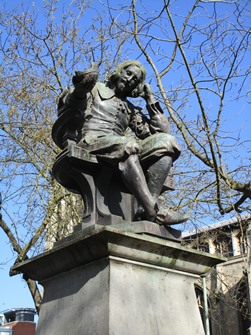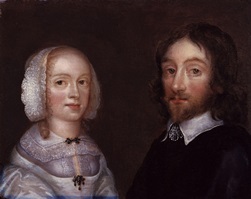 Mike Leeder* asks: does geology’s most famous aphorism owe more to Browne of Norwich than Hutton of Edinburgh?
Mike Leeder* asks: does geology’s most famous aphorism owe more to Browne of Norwich than Hutton of Edinburgh?
Hutton’s famous catchphrase ‘…no vestige of a beginning, – no prospect of an end’ (for which ‘Google’ has 20 000+ entries) comes in the last sentence of the eloquent coda to his 1788 paper, Theory of the Earth1; arguably the Enlightenment’s outstanding geological testament:
‘…if the succession of worlds is established in the system of nature, it is in vain to look for anything higher in the origin of the earth. The result, therefore, of our present enquiry is, that we find no vestige of a beginning – no prospect of an end.’
Hutton’s theory replaced divine intervention with a natural system of perpetual mountainous surface-wasting, periodically replenished by uplift.
 But was Hutton’s memorable and mellifluous aphorism, sui generis, self-penned? I am going to suggest no; because of previous writing by Thomas Browne (1605-1682), medical doctor, polymathic naturalist and a long-term resident of Norwich, knighted there in 1671 by Charles II.
But was Hutton’s memorable and mellifluous aphorism, sui generis, self-penned? I am going to suggest no; because of previous writing by Thomas Browne (1605-1682), medical doctor, polymathic naturalist and a long-term resident of Norwich, knighted there in 1671 by Charles II.
Picture: Statue of Sir Thomas Browne, Norwich. Photo: Mike Leeder.
It comes in Section 11 of Browne’s 1643 Religio Medici2 (‘Religion of a Doctor’):
‘Time we may comprehend, ‘tis but five days elder than our selves, and hath the same Horoscope with the world; but to retire so farre back as to apprehend a beginning, to give such an infinite start forward, as to conceive an end in an essence [God’s eternity] that wee affirme hathe neither the one nor the other;’
The bracketed words are mine. Readers should compare the italicised words with Hutton’s more punchy précis. Since Browne denied both Genesis and Revelations 1, 8-9 (‘I am alpha and omega; beginning and ending’), his book was promptly banned by Vatican censors.
Naturalist
How did Hutton’s debt to Browne come about? Browne was a wise naturalist and a devout, though sceptical, Christian. Both men had Leiden MDs. I like to imagine Hutton reading Religio Medici as a young medical student, perhaps returning to it as an ‘improving’ agriculturalist in early 1750s Norfolk or recalling it when developing his own ‘world theory’ in 1780s Edinburgh.
 Paramoudra Club
Paramoudra Club
Picture: Joan Carlile's portrait (early 1640s) of the young Thomas Browne and his wife Dorothy. National Portrait Gallery - Wikimedia Commons.
It is ironic that within living memory the City of Norwich School 6th Form had both a Thomas Browne Society (a debating club, founded in 1947) and a more scientific Paramoudra Club, an early-1950s geological debating and field club, and forerunner to the Geological Society of Norfolk. It was devoted to the geology of Charles Lyell – meetings always beginning with readings from Lyell’s ‘Principles’.
Hutton adapted Browne’s writings: Lyell was Hutton’s great champion of geological sciences to the post-Enlightenment world. The continuity of associations defines a rich heritage: one over which the irenic and sceptical Browne and the gregarious conversationalist Hutton might well be chuckling!
* Emeritus Professor, School of Environmental Sciences, UEA, Norwich. His latest book (with Joy Lawlor) ‘GeoBritannica: Geological Landscapes and the British Peoples’ (2017; Dunedin Press) is reviewed this month. He is preparing a more detailed account of the material presented here and welcomes criticisms, suggestions or relevant information from interested Fellows.
References
- James Hutton 1788 THEORY of the EARTH; or an INVESTIGATION of the Laws observable in the Composition, Dissolution, and Restoration of Land upon the Globe. Transactions of the Royal Society of Edinburgh 1, 209-304 (Facsimile reprint Kessinger Publishing; www.kessinger.net).
- Patrides, C A (Ed.) 1977. Sir Thomas Browne: The Major Works. Penguin Books, Harmondsworth.